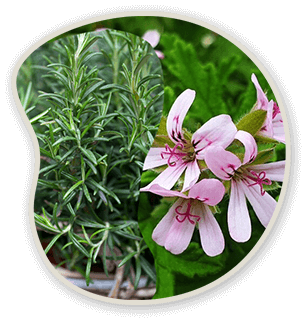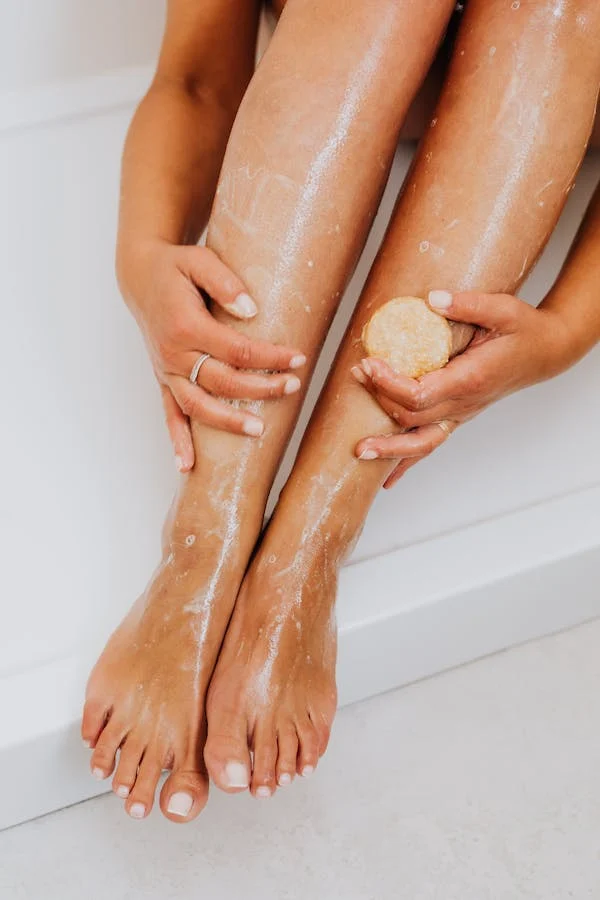
Rosemary For Nail Fungus:
I remember encountering rosemary for the first time in the context of cooking. In the kitchen, its aromatic touch transforms dishes, but as I discovered, its versatility extends beyond culinary delights. Rosemary, or Rosmarinus officinalis, has a rich tapestry of use in traditional medicine that spans centuries. From its beginnings in the Mediterranean region, rosemary has found a place in various cultures for its purported health benefits. Much of its therapeutic potential comes from its chemical composition, which includes compounds like Rosmarinus acid and essential oils known for their antimicrobial properties.
Digging into history, you’ll find rosemary was often associated with memory enhancement and as a symbol of remembrance. But less discussed is its role in skin and nail care. Its chemical properties not only make rosemary a potent herb for overall well-being but also a possible adjuvant for managing nail health issues, including the stubborn and often vexing nail fungus.
In looking closer at rosemary, specifically its use for nail fungus, key components such as antifungal agents come into the spotlight. These naturally occurring substances within the herb are what potentially make it a compelling remedy. The idea of using rosemary for nail fungus isn’t new – it’s grounded in a historical context where natural remedies were the primary means of tackling such ailments. Today, with a surge in interest towards holistic health solutions, revisiting this herb’s benefits is timely and pertinent.
Embracing the potential of rosemary means unraveling how it can be harnessed effectively for nail health. So how does this unassuming plant aid in the fight against fungal infections? The science behind its effectiveness is what we’ll explore in the next section, providing a detailed look at the mechanisms that may make rosemary a natural and accessible option for those seeking relief from nail fungus.
Rosemary’s Role in Combating Nail Fungus: A Natural Solution
Dealing with nail fungus can be a frustrating experience. The condition is not only unsightly, but it can also be quite stubborn, often requiring prolonged treatments with prescription medications that can come with their own set of side effects. This is why I turned to rosemary, an herb renowned for its ability to fight off fungal infections.
Rosemary offers a compelling, natural alternative for those who are looking for ways to tackle nail fungus without resorting to harsh chemicals. The herb’s active compounds, such as Rosmarinus acid, canonic acid, and essential oils like cineole, have demonstrated antifungal properties. These components work together to create an environment that’s inhospitable to the fungi responsible for nail infections.
Research has begun to back up what traditional medicine has long held to be true about rosemary. Studies showcase its effectiveness against a variety of pathogens, including those that cause nail fungus. I’ll share insights from these studies, emphasizing the assurance that there’s a robust basis to consider rosemary as part of your nail health regimen.
Now, if you’re intrigued by the potential of rosemary to heal your nail fungus, let me guide you through the process of crafting your own rosemary treatments. I assure you, it’s simple, and you can start right at home with a few straightforward steps, maintaining safety and effectiveness as top priorities.
Beyond Rosemary: Exploring Other Natural Antifungal Heroes
In the quest for healthy nails, rosemary stands tall as a natural and promising remedy for tackling nail fungus. But it doesn’t work in isolation. Nature offers a plethora of other ingredients that are potent allies against fungal infections. When conventional treatments fall short or present undesirable side effects, these natural alternatives might just be the lifeline your nails need.
Tea tree oil is renowned for its broad-spectrum antifungal and antiseptic qualities, making it another favorite for nail fungus management. While studies support its efficacy, I suggest diluting it properly to avoid skin irritation. Coconut oil, too, is celebrated for its lauric acid content, known to hinder fungal growth. These remedies are not quick fixes but rather components of a sustained treatment regimen.
Marrying rosemary with other ingredients can enhance antifungal strategies. For example, mixing rosemary oil with soothing jojoba or olive oil can amplify both treatment effects and ease of application. And let me remind you, vigilance in hygiene practices exponentially increases your chances of keeping fungal infections at bay.
Remember, the key to overcoming nail fungus lies in consistency and a holistic health perspective. It’s essential to assess your lifestyle choices, from diet to footwear, as they significantly impact nail health. Regularly disinfecting shoes, wearing breathable socks, and keeping nails dry and trimmed are practical measures that prevent fungus’s return.
I trust this exploration of natural remedies, including the venerable rosemary, empowers you to take charge of your nail health. With patience and persistence, a blend of nature’s own antifungals can restore and protect your nails’ integrity.


